The sound of herring gulls squawking overhead is part of life in coastal Maine, but many office workers in downtown Portland have a more personal relationship with the birds. They enjoy a front row seat to the often cute and sometimes messy realities of life for the gulls that nest and live on and among Portland’s buildings each summer.
“I’ve seen the (gulls) hatch, and I’ve seen the downside where they fall off the edge of the roof,” said Laura Dunn, a business office assistant at the Portland Museum of Art. Dunn’s third-floor desk has views of the roof where dozens of gulls have colonized, building nests and raising their young.
The rooftop gull population is attracting the attention of more than the office workers on the other side of the windows. A pair of University of New England researchers are studying the urban wildlife, in part to learn if the downtown population is faring any better than the island populations.
Herring gull populations in their natural island habitats have declined by 50 percent in the last 10 years, according to airplane surveys, but the surveys did not count gulls roosting in cities, said Dr. Noah Perlut, a University of New England professor in his third year of studying the rooftop colonies.
To fill the gap in knowledge, Perlut and Dr. Peggy Friar, a fellow UNE professor and colonial waterbird specialist, are taking to the pebbled and rubber rooftops of Portland to study the costs and benefits of urban nesting.
As it happens, Perlut started researching rooftop colonies after noticing birds nesting on the roof of his wife’s Middle Street office building.
“We’ve met a lot of people that work in the buildings that are just in love with the gulls,” Perlut said. “They love watching them raise young and they just enjoy it so much.”
Life isn’t always easy for the rooftop gulls, however. And not everyone appreciates them or the impact they have on some buildings.
“It’s an urban area and they’ve made it their home,” said Dunn, who is an avid bird lover with five pet hens and a parakeet. “That’s where the conflict arises.”
THE ROOFTOP COLONIES
“Your name is A-O-X,” Friar said while wrapping a bright orange plastic band around a gull chick’s leg. The chick, still fluffy and soft with gray spots on its head, squirmed as Friar attached the tags on the roof of MECA last week.
The roof, where dozens of gulls have roosted, looks like a Jackson Pollock painting, with white bird droppings splattered against the blacktop.
The adult gulls fly overhead, squawking and diving down to check on the chicks that rest in the shade of air conditioning units, hiding from the hot sun.
Nests built with sticks, twigs and grass are scattered across the roof surface, some still filled with speckled gray and slightly cracked eggs that never hatched.
Outfitted in old clothes and hats in case of direct hits from the droppings of circling birds, Friar, Perlut and two student volunteers tagged about 50 chicks at MECA and the Museum of Art last week. The tags will track the birds’ movements to better understand where the birds born in urban settings end up building their own nests. It’s a messy job as the chicks often throw up or defecate as a defensive mechanism when held.
“I wonder if the ones we handle as chicks are more afraid of us or less,” Friar said as the chick she was holding scurried away to find a cool place on the scalding roof.
In comparing the city gulls to those nesting on Appledore Island, located off the coast of Portsmouth, New Hampshire, Friar and Perlut have found the breeding rates and habits are similar.
“Reproductive effort and reproductive success is virtually identical on the island as it is on the rooftops,” Perlut said. “But the things they are subjected to are very different.”
On the islands, Perlut said nests often fail due to predation, such as gulls eating one another’s eggs, and flooding.
For city birds, predation from hawks or mammals accessing the roofs via trees can happen. The eggs and chicks are also more likely to overheat and die, with little relief from the hot sun on the roofs. But Perlut said that building management is the biggest factor in nest success for urban gulls.
“Understandably these gulls are loud and poop all over the place and some buildings just don’t want to tolerate that,” Perlut said. “So a lot of nests fail because building managers remove them.”
A PROTECTED SPECIES
The Migratory Bird Treaty Act of 1918 protects herring gulls and makes it illegal to remove their nests without a permit. Building managers can apply for permits, but those who do not get permits have to call the state office of the federal Animal and Plant Health Inspection Service for help with removal. It is unusual for managers to get caught removing nests illegally.
“By the time people call us they are frustrated and we offer methods to help,” said Robin Dyer, the U.S. Department of Agriculture’s Wildlife Services state director for Maine.
The majority of the time, Dyer said that businesses ask to remove nests for health and safety reasons. Birds often build nests in the shade of air conditioning units and the debris can get sucked into the filtration system. Other times, buildings need to do construction on roofs and the nests and gulls may stand in their way.
Dyer said that officials usually ask if building managers can wait to remove the nest until the chicks leave and most comply, but occasionally the Animal and Plant Health Inspection Service has to dispose of the eggs or euthanize the chicks.
In 2013, Dyer said, the USDA Wildlife Services received three calls in Portland regarding healthy and human safety concerns totaling a reported loss of $3,700, and 11 calls regarding building damage with a reported loss of $11,200. They did not help with any nest removals last year.
This year, APHIS has received two calls in Portland and may help with one removal, Dyer said.
“We’ve had a lot of conversations with people who have gotten really upset when the nests are bothered,” Perlut said. “I really feel bad for building managers. They’re in a tough situation where they want to protect their property, but they have tenants who want the birds to be there. That’s really a tough situation to be in.”
Perlut tries to put the conflict in perspective by asking people how they would feel if the gulls disappeared altogether.
“Would people feel differently if they went to the beach, or they walked in Portland and there were no gulls?” Perlut asked. “Would that decrease the quality of your life? Would it change the beach, would it change the seashore?”
Dunn thinks so.
“There’s a bird soaring out my (office) window right now,” Dunn said Monday. “It’s so unique and quintessentially Maine.”
Send questions/comments to the editors.

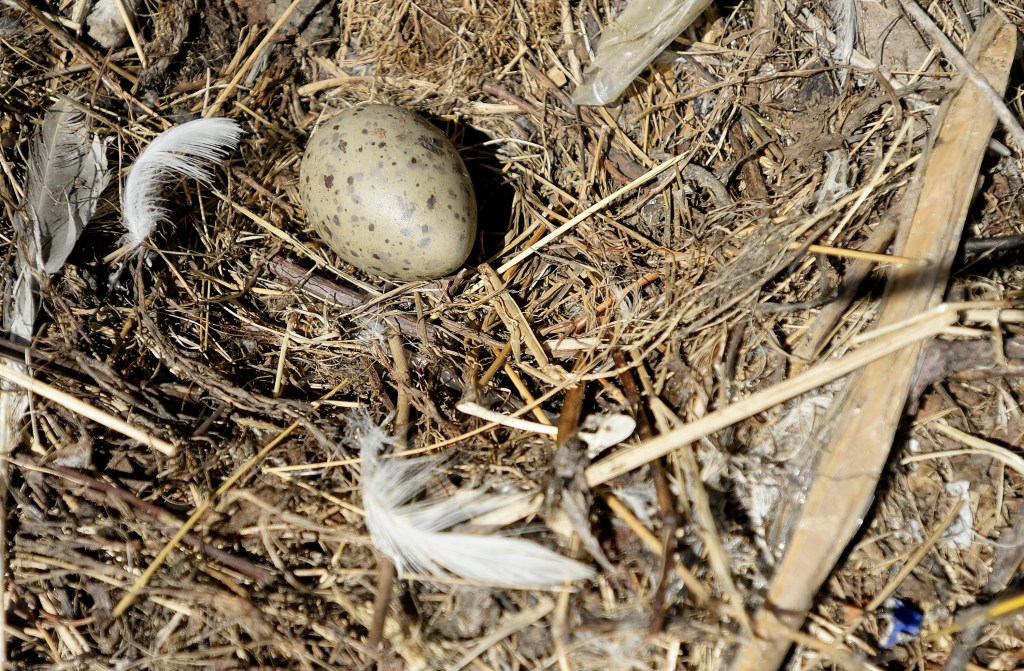
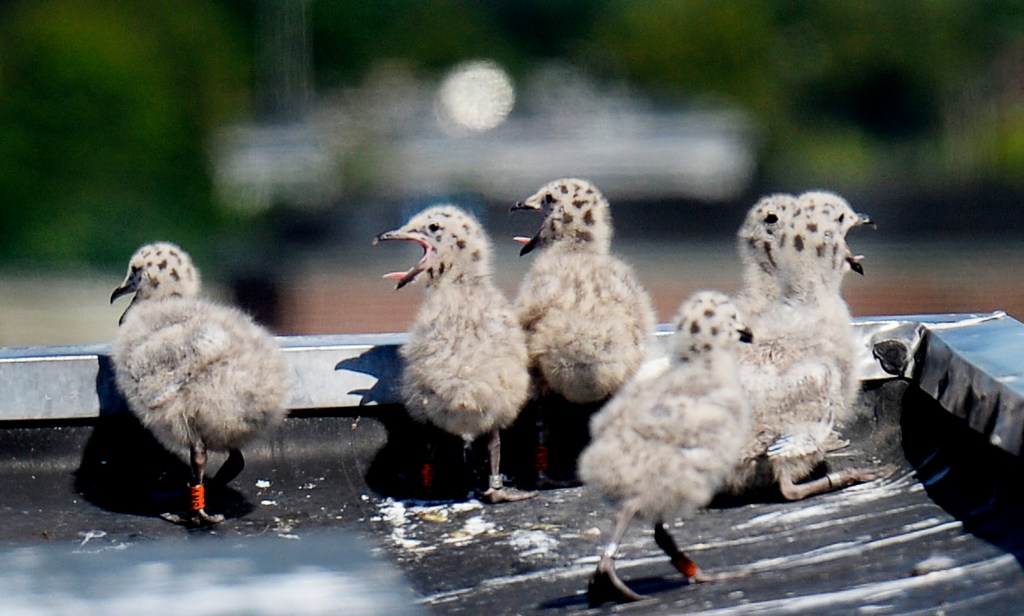
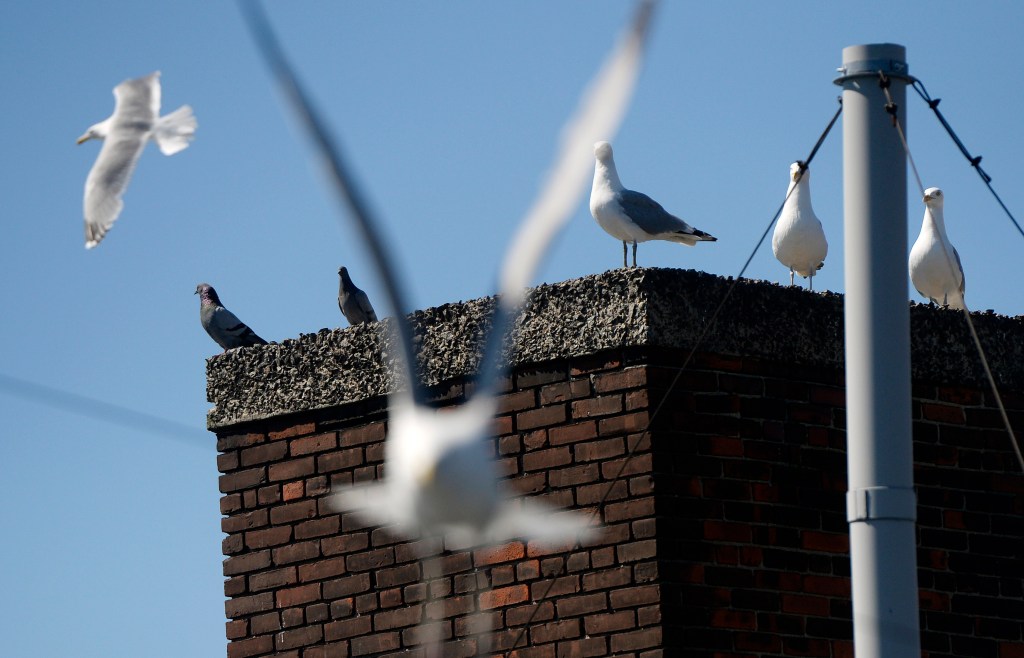
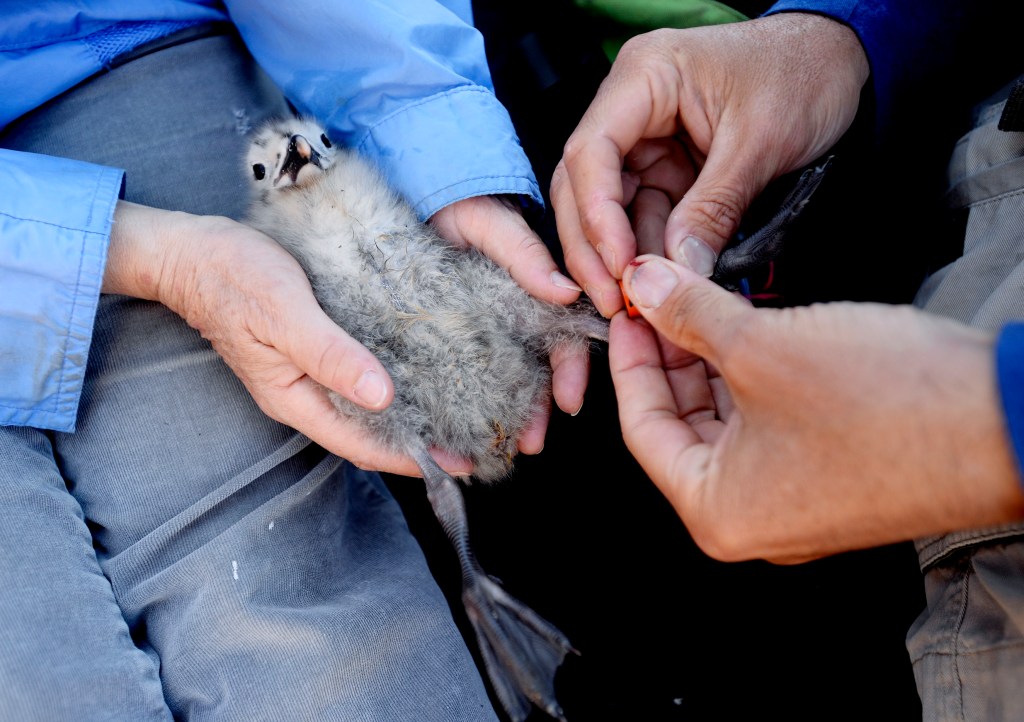
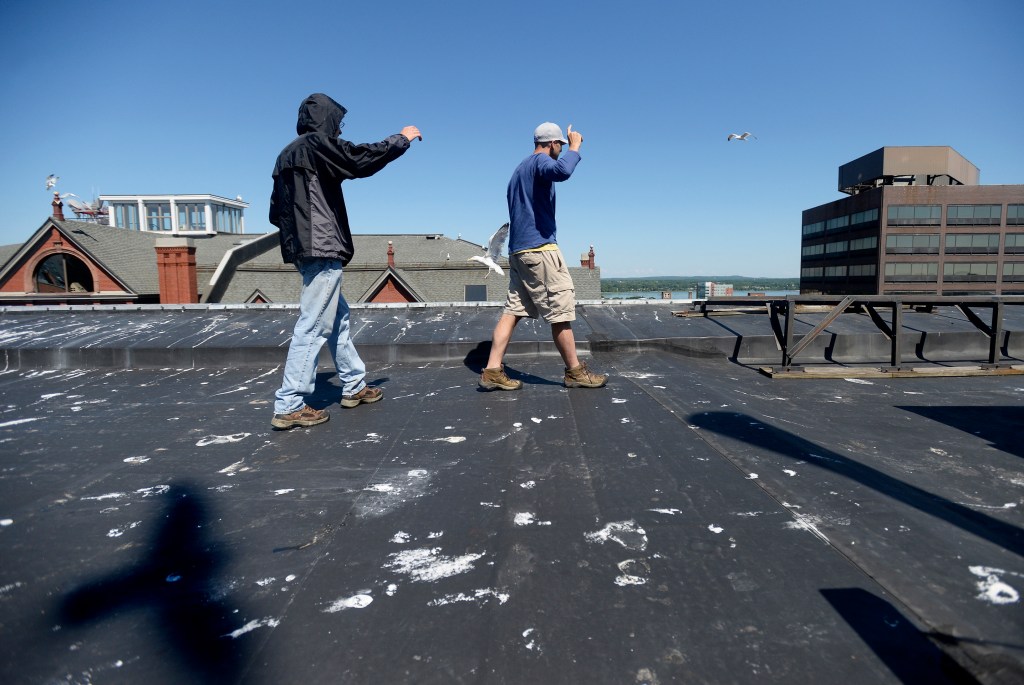
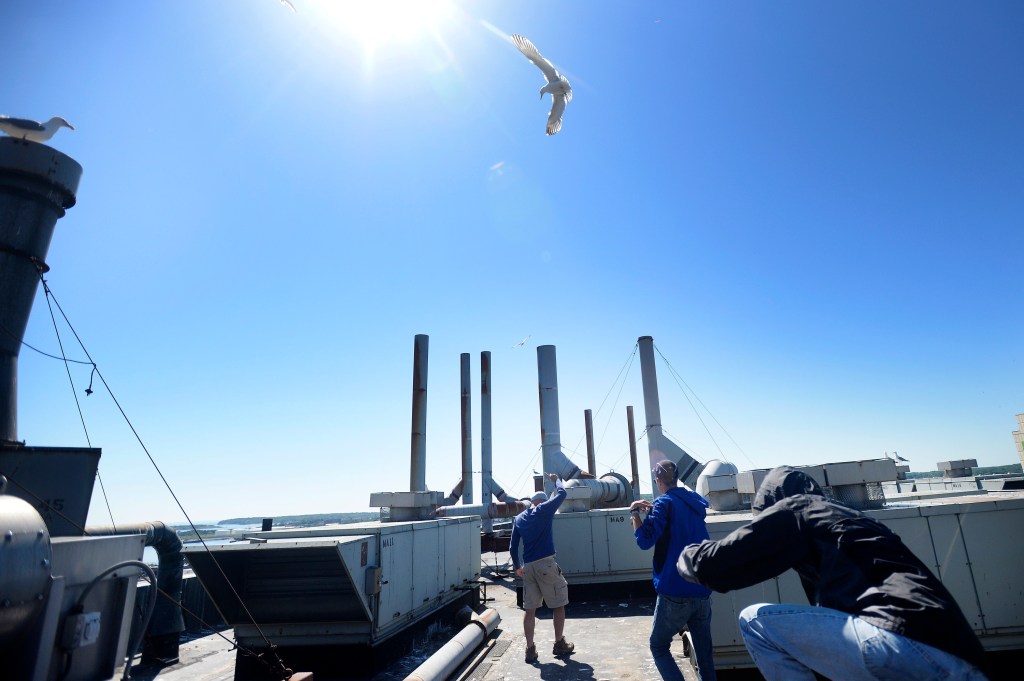
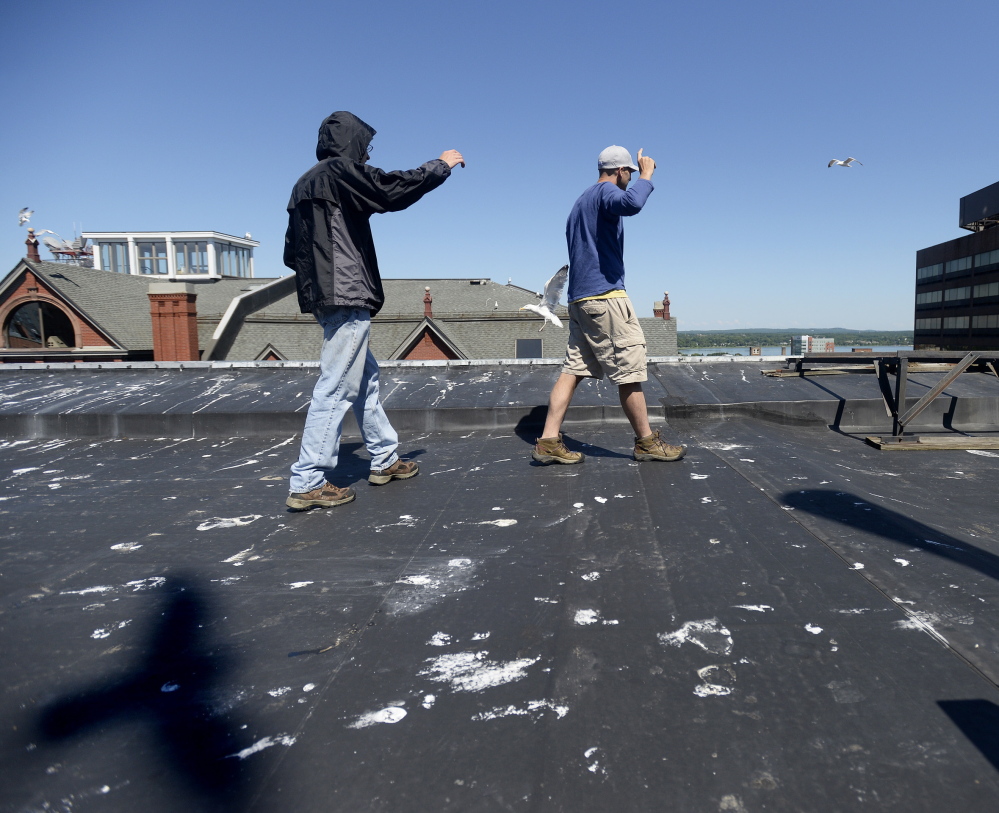

Success. Please wait for the page to reload. If the page does not reload within 5 seconds, please refresh the page.
Enter your email and password to access comments.
Hi, to comment on stories you must . This profile is in addition to your subscription and website login.
Already have a commenting profile? .
Invalid username/password.
Please check your email to confirm and complete your registration.
Only subscribers are eligible to post comments. Please subscribe or login first for digital access. Here’s why.
Use the form below to reset your password. When you've submitted your account email, we will send an email with a reset code.